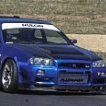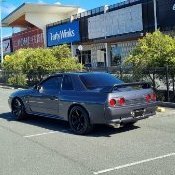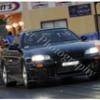Announcements
-
Similar Content
-
Latest Posts
-
Cheers mate, @acsplit would know... bit of a pisser we never got notification, but not surprising. I was primarily concerned with one 70+yo member there, who's halfway through rebuilding a re4r01 gearbag and relying on my help in that regard. I'm hoping wheezy might update the forum software at the same time (especially the media-wiki stuff).. I guess we'll find out. Kudos...
-
Send it 8500. The head will let you know if you should have shifted earlier...
-
I've got the nismo twin in the stagea, it is very progressive for a multiplate, medium pedal weight, holds the required torque no problems. It is noisy with foot on the clutch but that may well be the gearbox bearings, it is ex race car
-
Nismo is good but I've never driven something with Xtreme. I'd been keen af to do an 8HP swap, sigh.
-
You won't likely find an R34 manual, but the R33 (and probably usefully enough R32, if you know how to infer) manual will tell you how to inspect the speed signal. You will need either consult or an oscilloscope. Now is the time to buy a cheapy scope from aliexpress if you haven't got one. No-one should be without one these days.
-






Recommended Posts
Create an account or sign in to comment
You need to be a member in order to leave a comment
Create an account
Sign up for a new account in our community. It's easy!
Register a new accountSign in
Already have an account? Sign in here.
Sign In Now